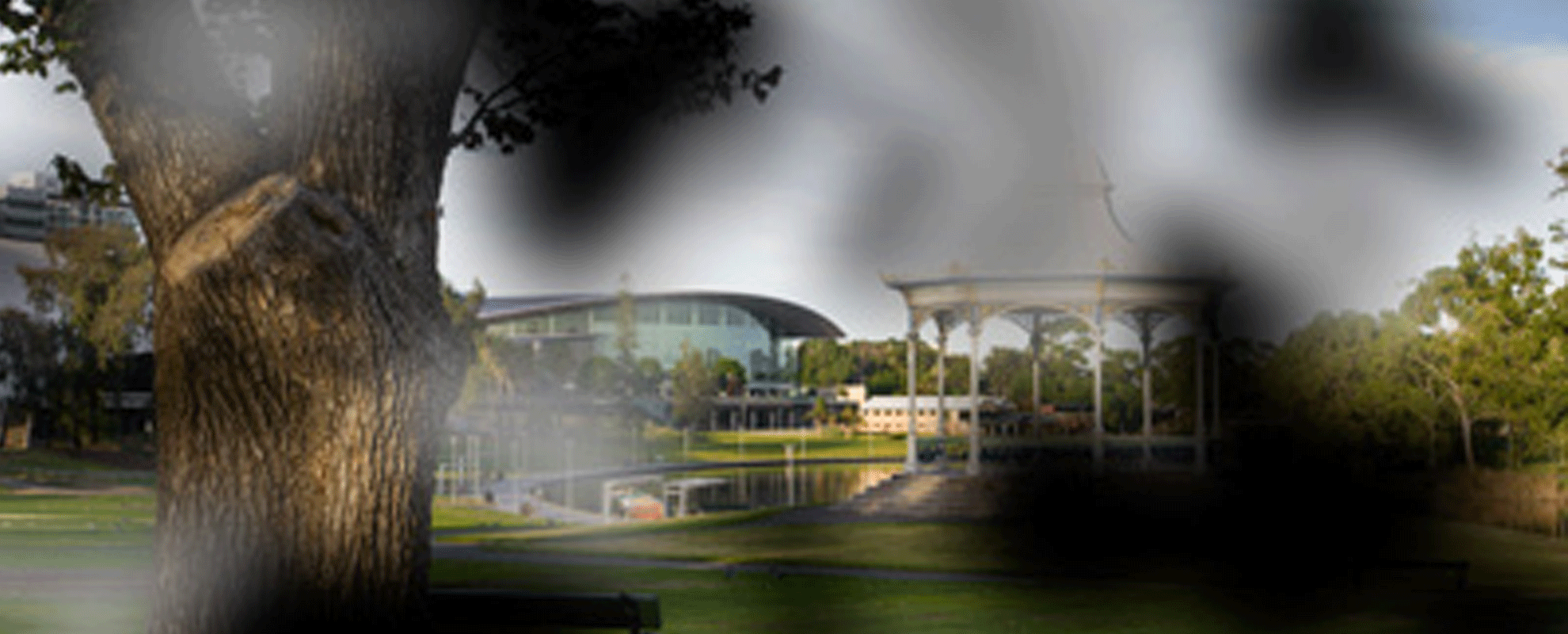
This is caused by diabetes, although having diabetes does not necessarily lead to sight loss. Retinopathy affects the retina. The retina is at the back of the eye and is made up of cells which are sensitive to light. A network of blood vessels feeds the retina. Diabetes can cause blood vessels to break and this can interfere with vision. Blood clots and scars may form on the retina, blocking the light rays from nerve cells and interfering with their nutrition. Complete loss of vision can occur when scar tissue develops at the back of the eye. This sometimes pulls and detaches the retina.
Prevention and treatment
Preventing diabetic retinopathy or its advancement is helped by correct management of diabetes and regular eye check-ups with an ophthalmologist.
Laser light beams directed to the affected part of the retina may be used to seal leaking blood vessels.
Who is susceptible?
Diabetics with high blood pressure, pregnancy, nephritis or prolonged poor diabetic management are considered to have a higher risk of developing this condition.
Who can help?
The first step is to see an eye specialist without delay. Should the specialist feel that you can be assisted by See Differently, they will refer you. See Differently helps you to make the most of your remaining sight. Service and products include:
- low vision assessment;
- magnification aids;
- information;
- counselling;
- equipment and games (eg. talking clocks and large print playing cards).














